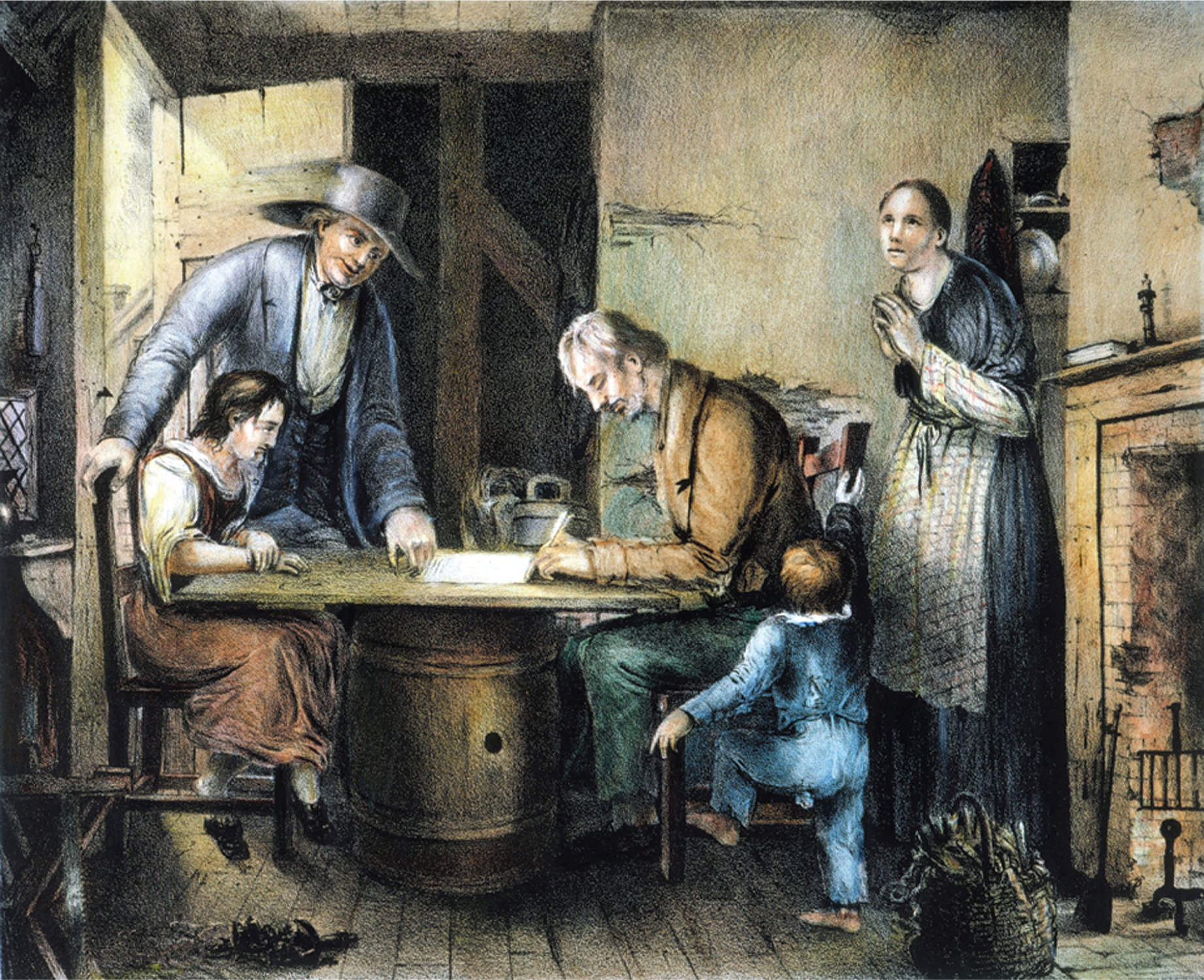The Temperance Movement and the Campaign for Moral Reform

The evangelical fervor animated vigorous campaigns to eliminate alcohol abuse and eradicate sexual sin. Millions of Americans took the temperance pledge to abstain from strong drink, and thousands became involved in efforts to end prostitution.
Alcohol consumption had risen steadily in the decades up to 1830. All classes imbibed. A lively saloon culture fostered masculine camaraderie along with extensive alcohol consumption among laborers, while in elite homes the after-
Organized opposition to drinking first surfaced in the 1810s among health and religious reformers. In 1826, Lyman Beecher, a Connecticut minister of an “awakened” church, founded the American Temperance Society, which warned that drinking led to poverty, idleness, crime, and family violence. Temperance lecturers spread the word, and middle-
In 1836, leaders of the temperance movement regrouped into a new society, the American Temperance Union, which demanded total abstinence from its adherents. The intensified war against alcohol moved beyond individual moral suasion into the realm of politics as reformers sought to deny taverns liquor licenses. By 1845, temperance advocates had put an impressive dent in alcohol consumption, which diminished to one-
More controversial than temperance was a social movement called “moral reform,” which first aimed at public morals in general but quickly narrowed to a campaign to eradicate sexual sin. In 1833, a group of Finneyite women started the New York Female Moral Reform Society. Its members insisted that uncontrolled male sexual expression, manifested in seduction and prostitution, posed a serious threat to society in general and to women in particular. Within five years, more than four thousand auxiliary groups of women had sprung up, mostly in New England, New York, Pennsylvania, and Ohio.
In its analysis of the causes of licentiousness and its conviction that women had a duty to speak out about unspeakable things, the Moral Reform Society pushed the limits of what even the men in the evangelical movement could tolerate. Yet these women did not regard themselves as radicals. They were simply pursuing the logic of a gender system that defined home protection and morality as women’s special sphere and a religious conviction that called for the eradication of sin.